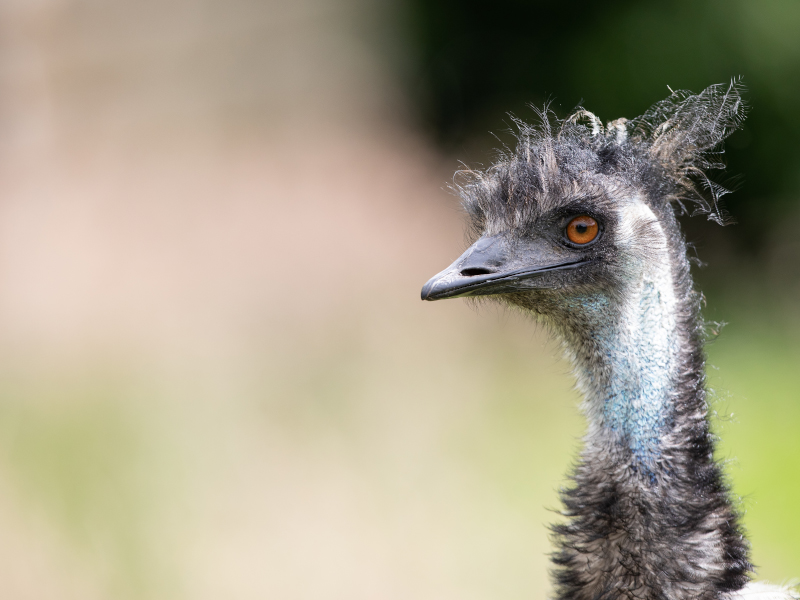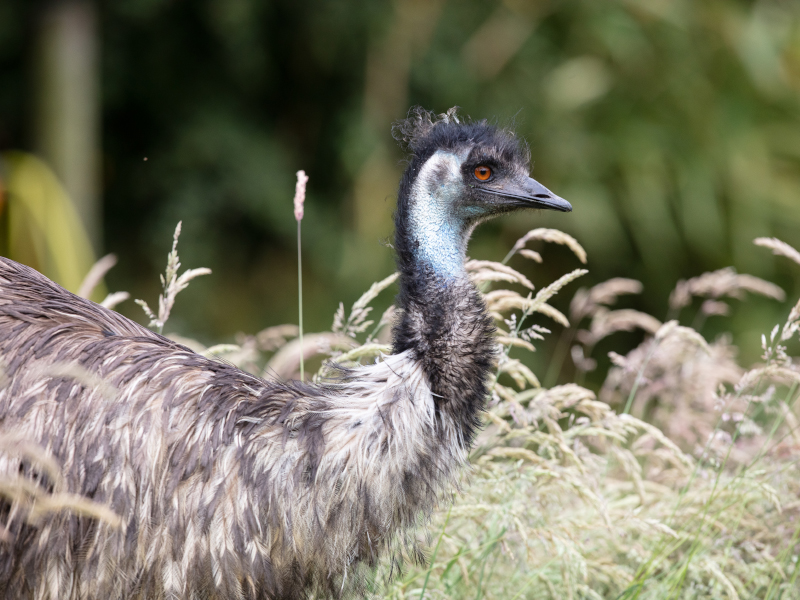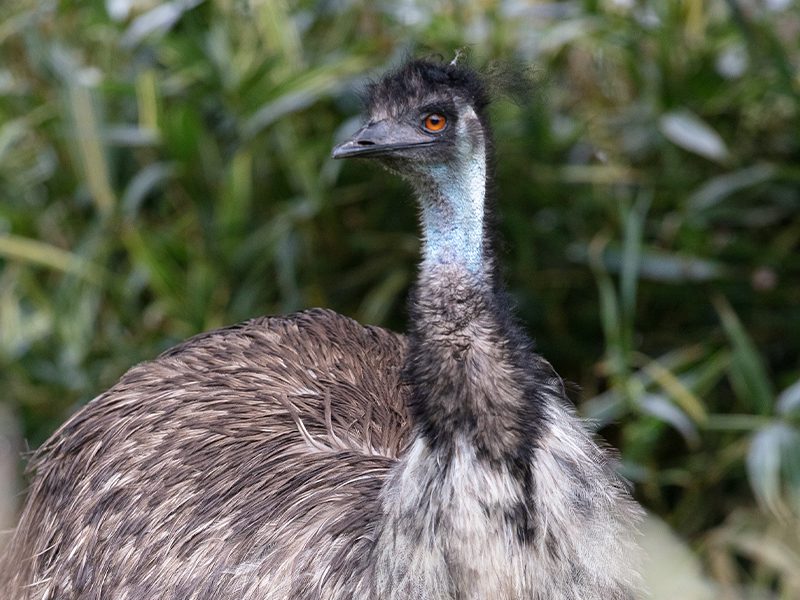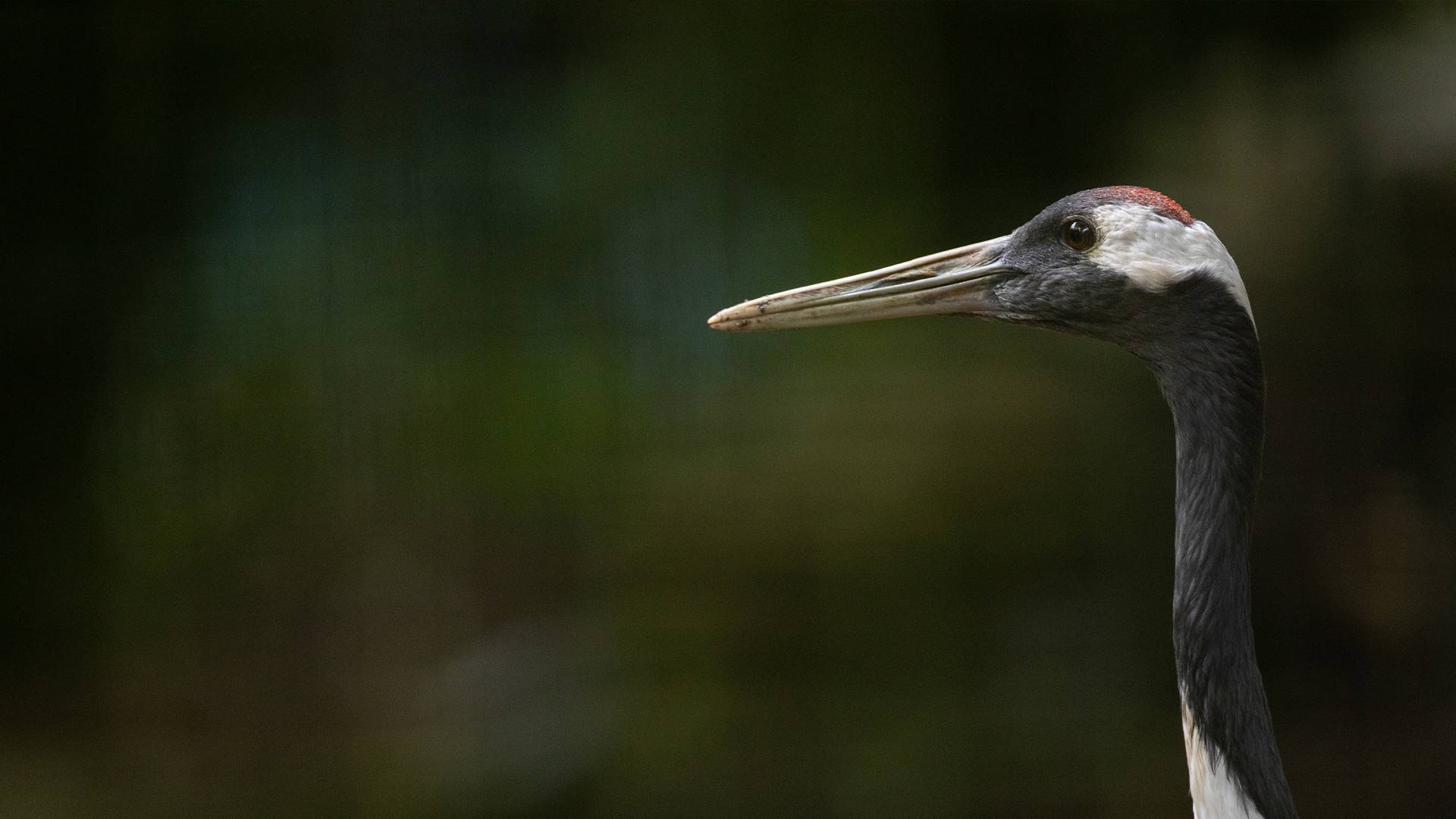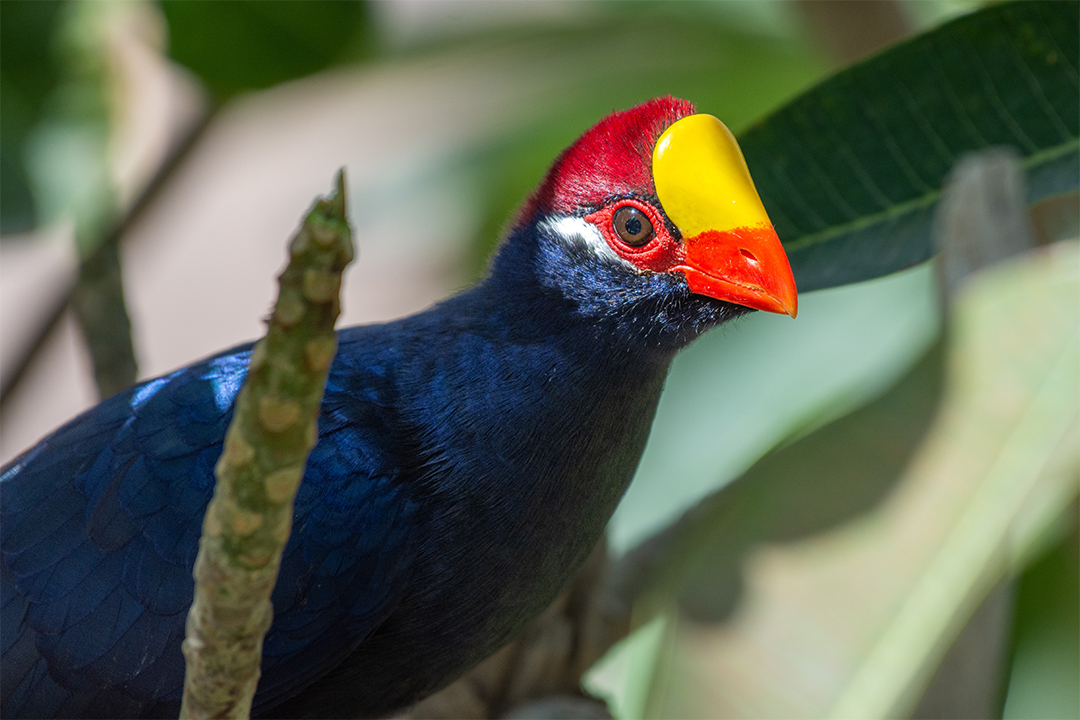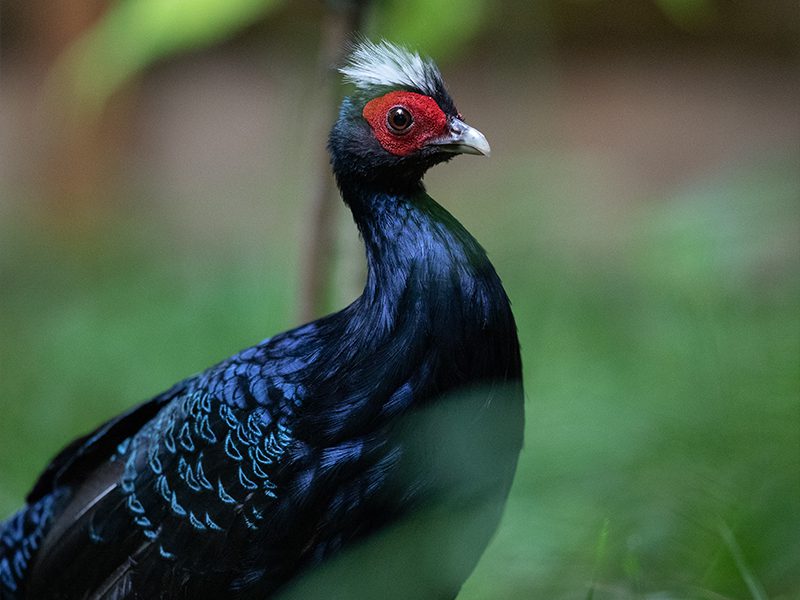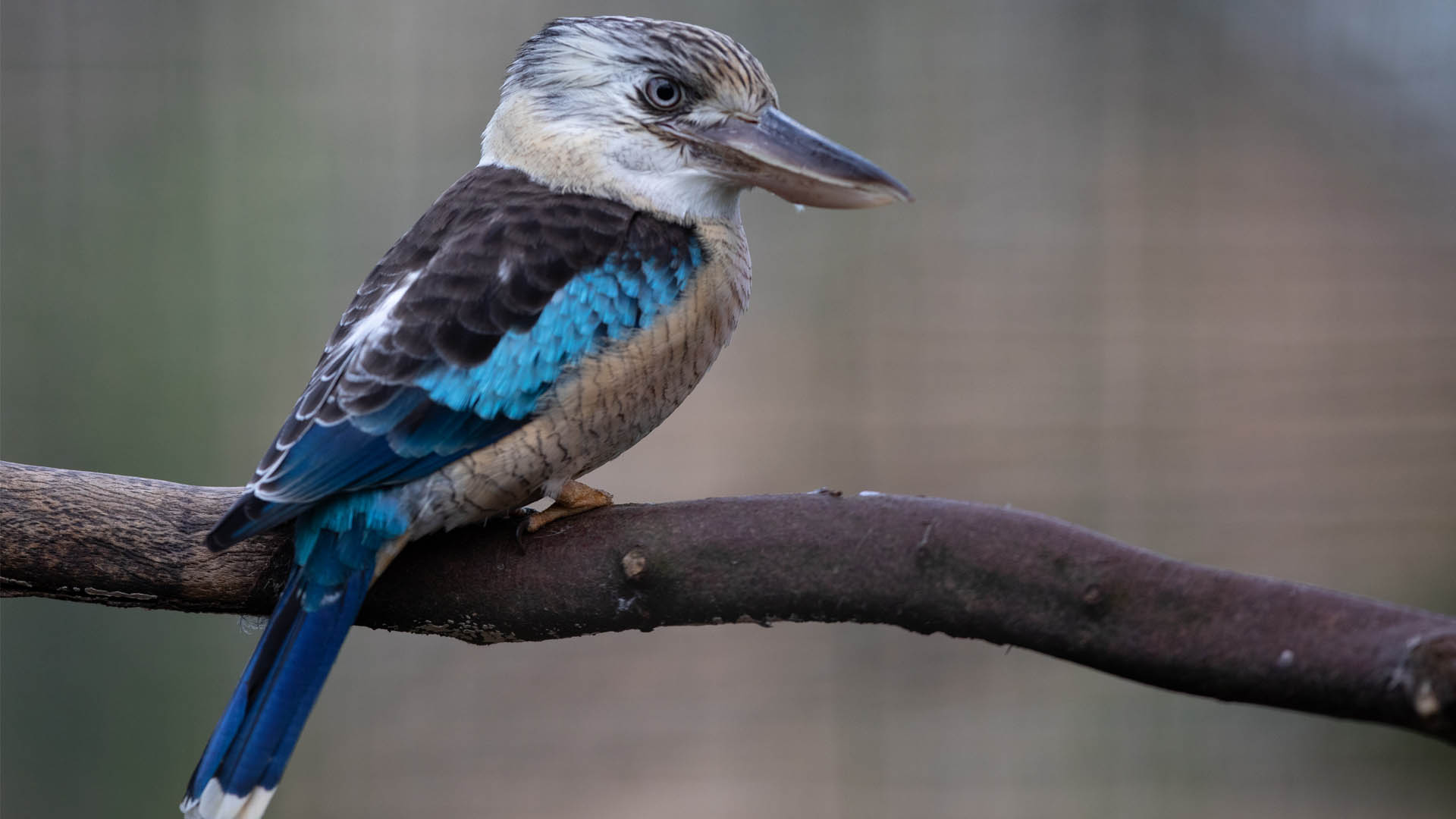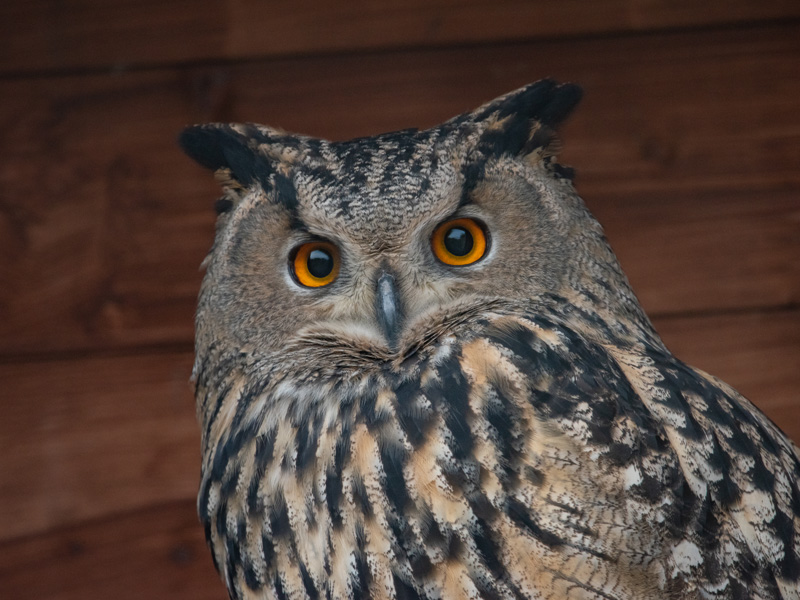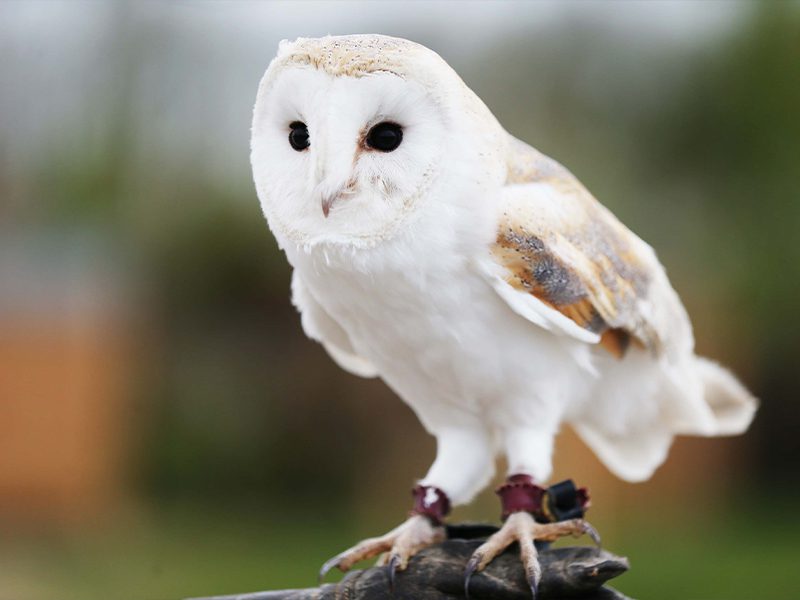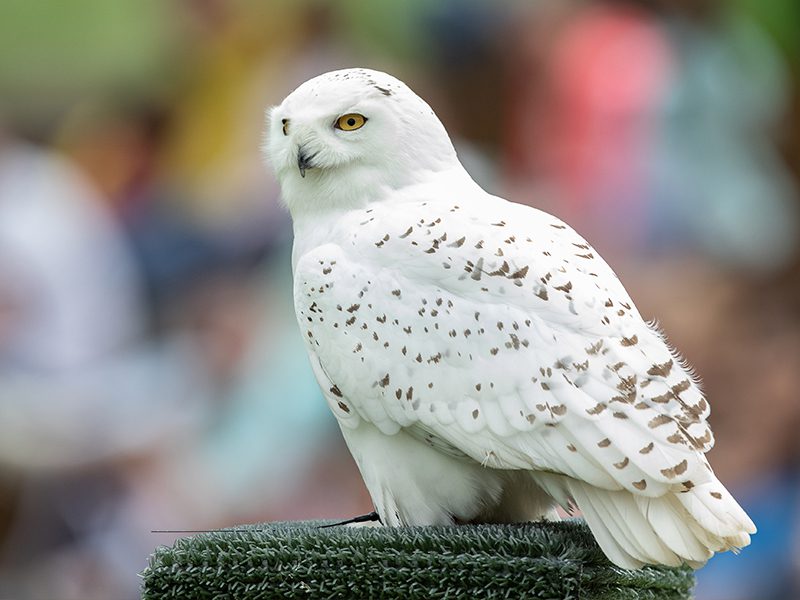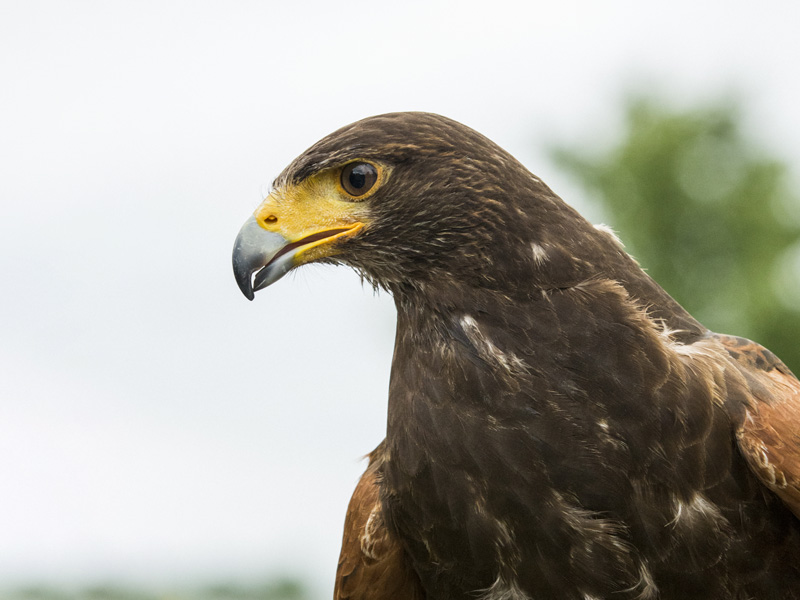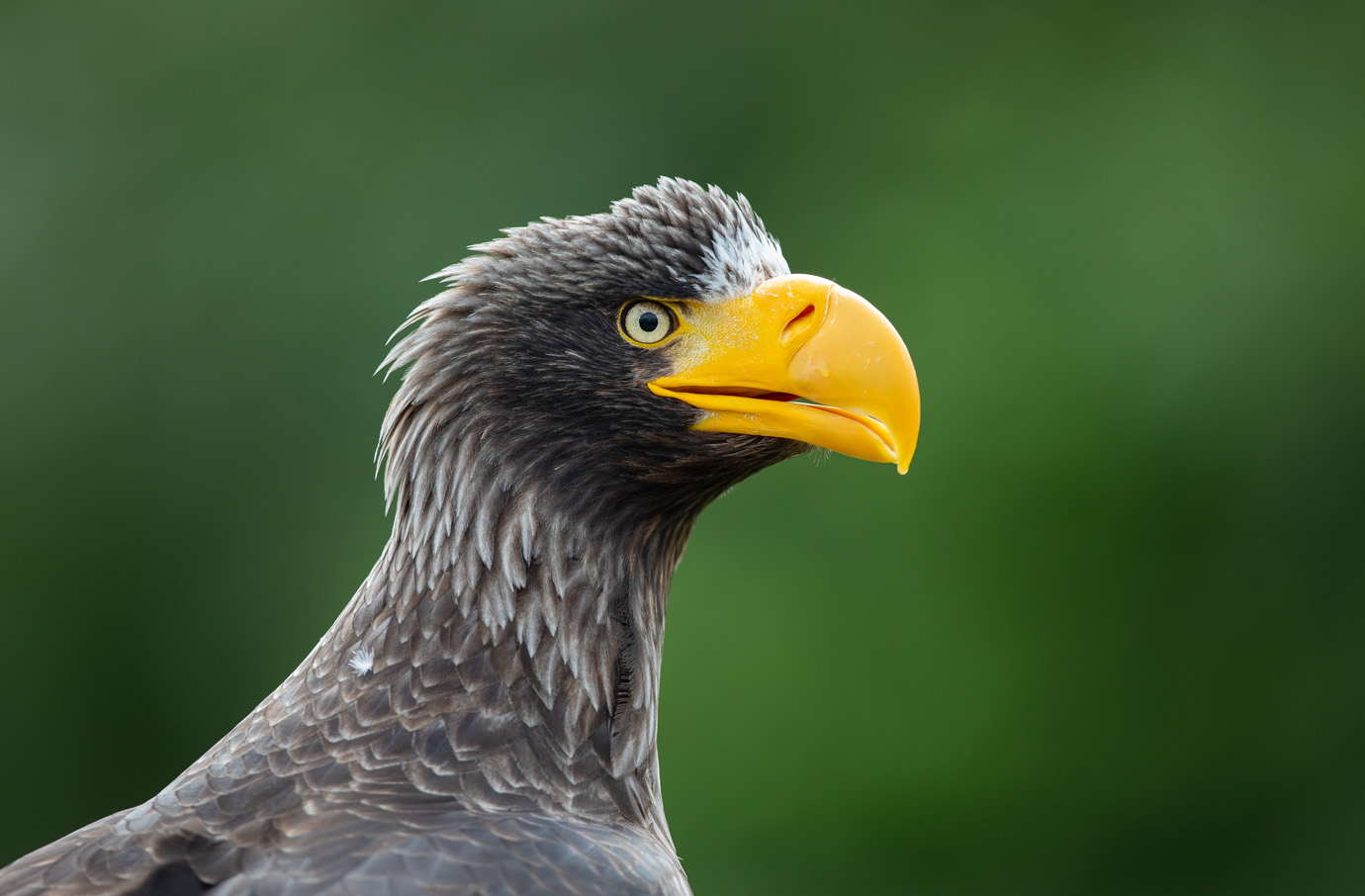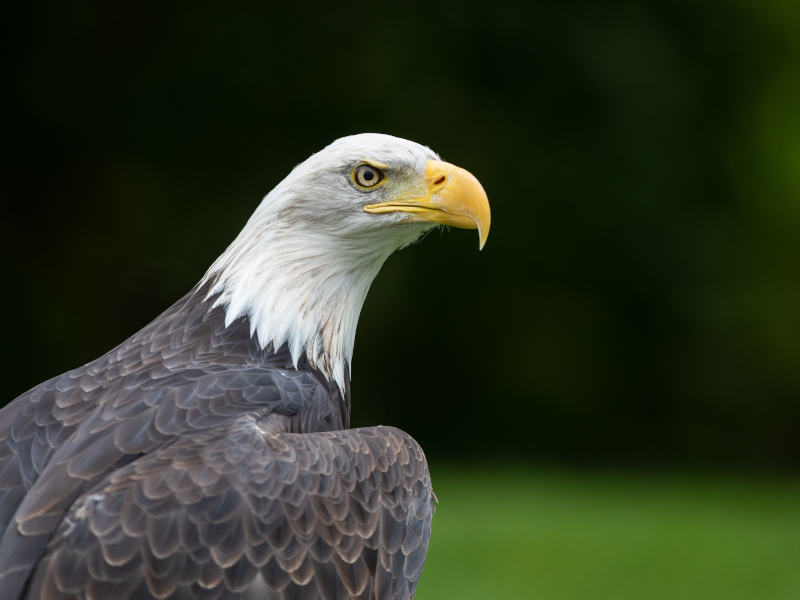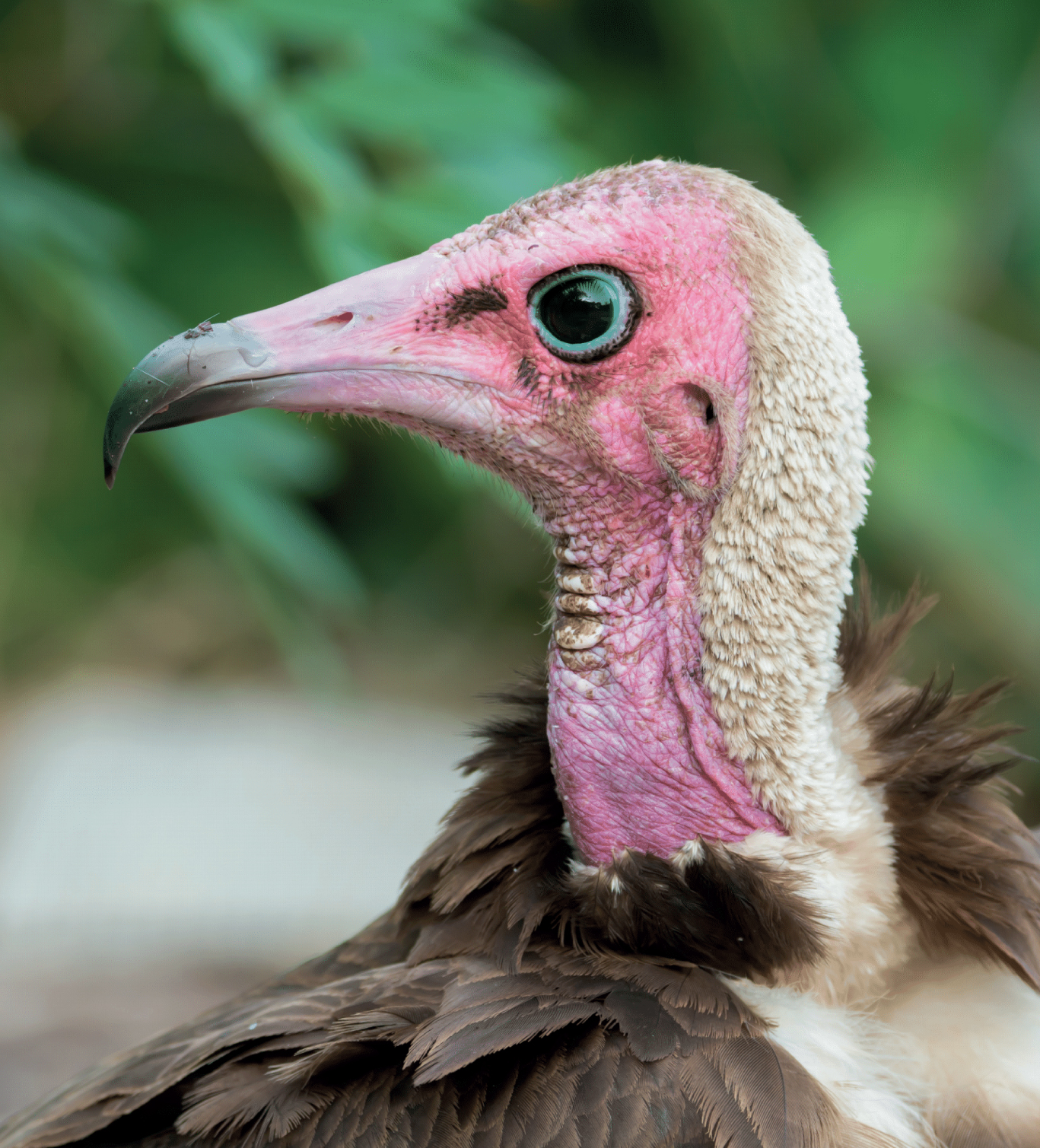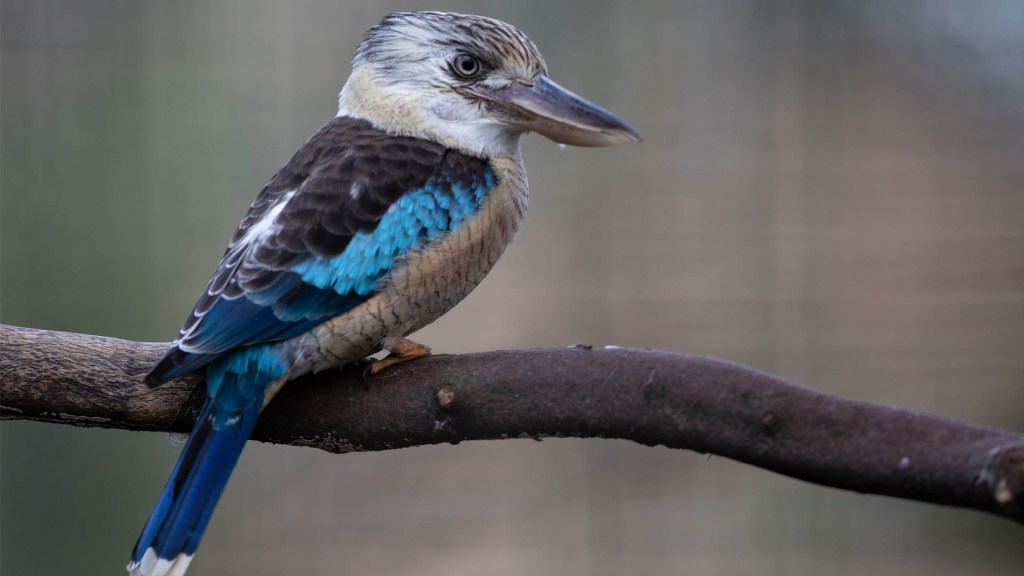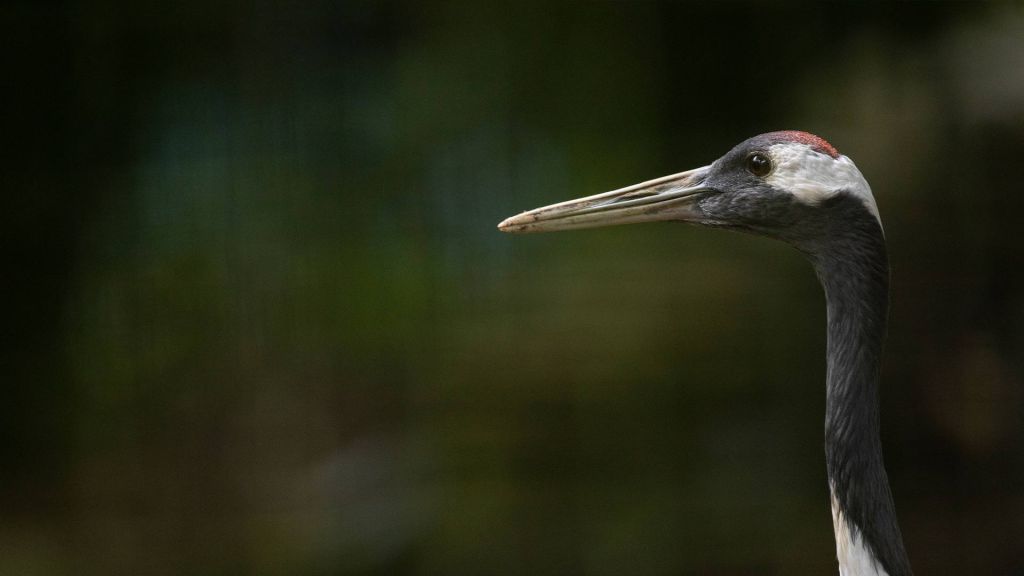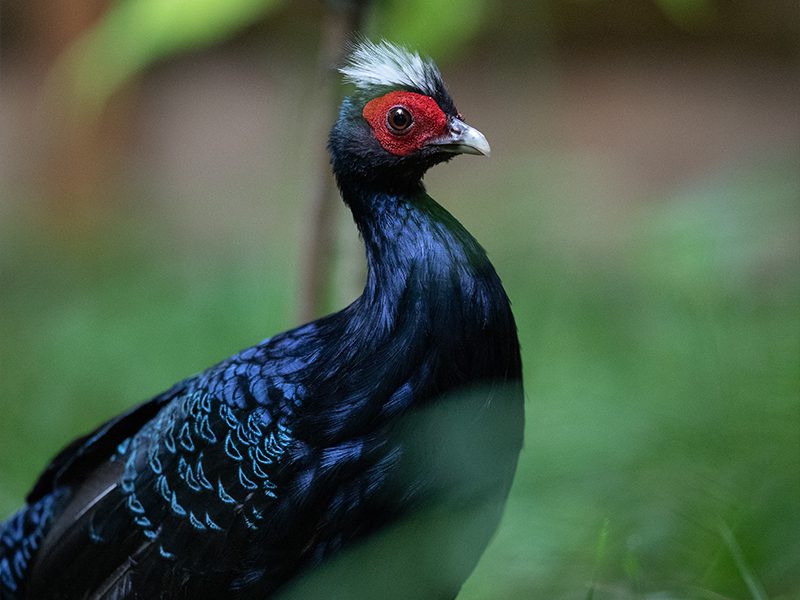Emus are flightless birds that are in the same order as ostriches, cassowary, rheas and kiwis. Their large bulky body is covered in grey-brown feathers with tiny wings. They have long, bare, powerful legs that enable them to run up to 50 km/hour. Emu have 3 toed feet with sharp claws that allow them to deliver strong kicks when defending themselves. Their heads are almost bald, with some sparse black feathers. They have a black bill and red-brown eyes.
Emu are a nomadic species that follows the rains. They are mainly solitary but will show social behaviours if it is beneficial for them. They are active during the day.

Popular Searches
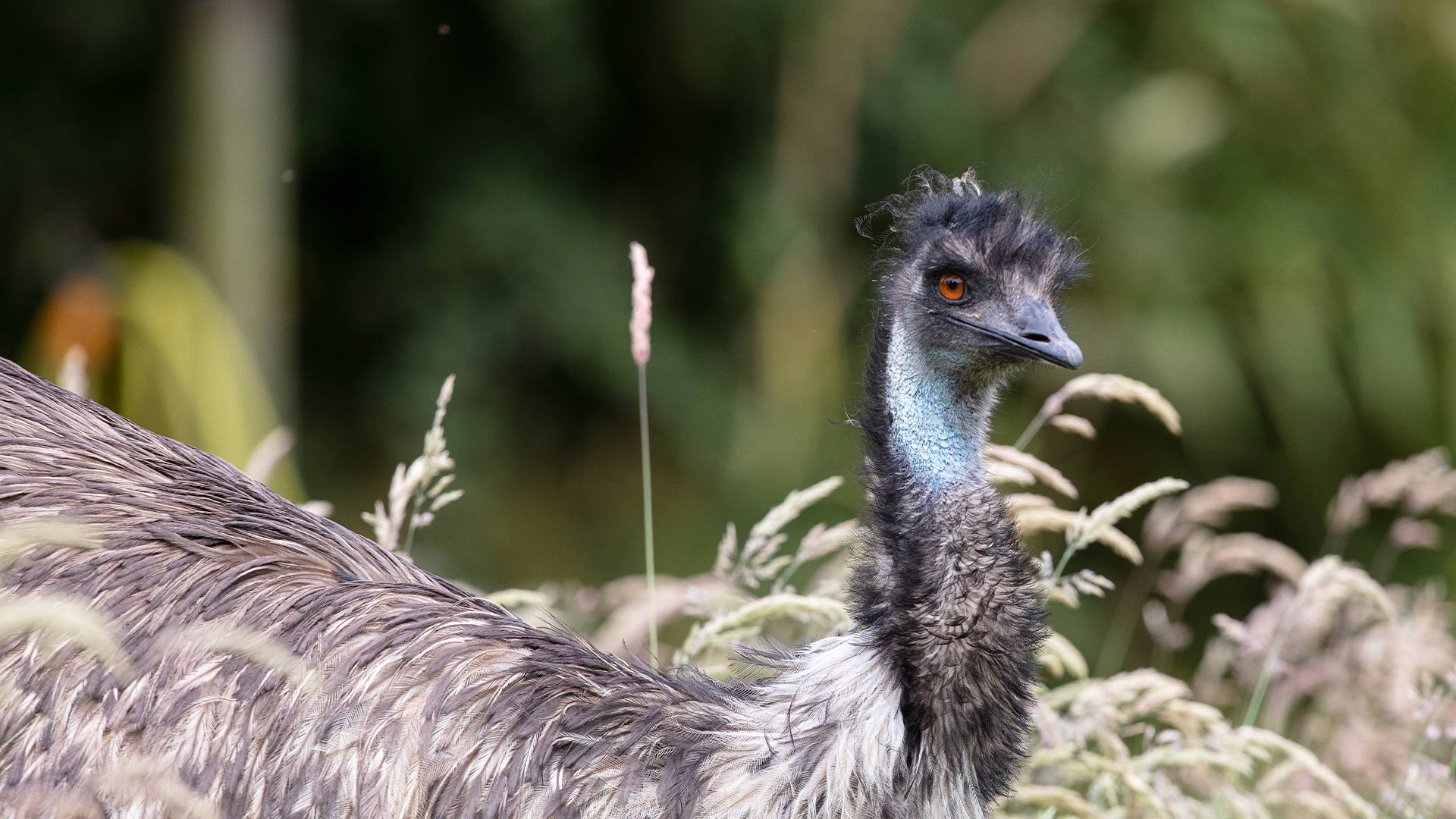
Emu
-
Introduction
-
Conservation
Emus are classified of least concern.
Emus became extinct on several islands including Tasmania due to hunting by humans, however they thrived on the mainland with the expansion of cereal farming and are now not considered threatened. -
Habitat
The emu is distributed throughout mainland Australia. Due to their nomadic lifestyle, they will inhabit a range of habitats, including, grassland, wooded savannah, semi-desert, shrubland and dry forest.
-
Fun Facts
Emu are omnivores that eat a wide variety of fruits and seeds, playing an important role in the ecosystem through their dispersal.
In the summer, males and females will come together to form mating pairs. When the eggs have been laid, male emus will incubate them and during this time, he will forgo food and water for approximately two months, surviving on stored fat.
After hatching, the male will protect the flock of chicks and teach them how to find food for up to 7 months.



